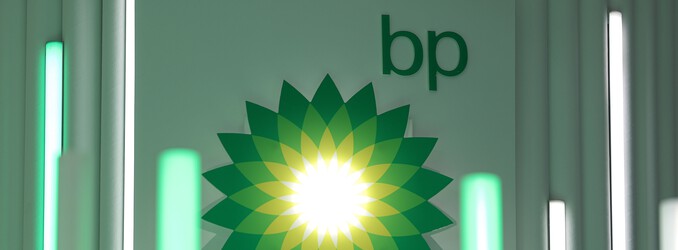(Bloomberg) – bp Plc said weak oil trading undercut profit while production increased for a second straight quarter, offering investors a mixed snapshot as the energy giant continues efforts to improve performance.

Murray Auchincloss, CEO of bp
Higher output included gas production growth from its U.S. shale arm BPX Energy, the company said Tuesday in a third-quarter trading update before earnings that will be released next month. While oil trading was weak, gas trading was average, bp said. The shares fell as much as 2% in early London trading.
bp is under pressure to reverse years of lagging results by unwinding failed green bets and boosting investments in oil and gas production. A strategy pivot announced this year is faced with an oil market headed for oversupply as OPEC+ increases production.
Since the group announced in April that it would restore idled output, Brent oil prices have largely held below the $70-a-barrel level that bp needs to achieve its targets, barring short-lived spikes.
New chairman Albert Manifold told staff on Oct. 1 — his first day in the job — that the firm needs to expedite a plan to cut costs and sell assets laid out back in February by CEO Murray Auchincloss.
This year, the company has started new oil and gas production at six projects globally, which will add the equivalent of 150,000 bpd at peak output. It has also cut costs by $1.7 billion since 2023, after announcing 6,200 job cuts.
The stock outperformed peers in the third quarter, with a 16% gain that was roughly double Chevron Corp.’s, while Exxon Mobil Corp. and Shell Plc rose less than 5% in the period.
Analysts from Jefferies called Tuesday’s update “steady,” while Barclays analysts highlighted positive overall operations in the quarter.
But so far bp has only announced around $3 billion of asset sales, out of a plan to reach $20 billion of divestments by the end of 2027. Net debt is expected to remain flat at around $26 billion. bp is targeting a net debt range of $14 billion to $18 billion by the end of 2027.
bp’s struggles stem from former Chair Helge Lund and CEO Bernard Looney’s pivot toward low-returning clean energy ventures five years ago. When demand for oil and gas roared back after the pandemic and prices rallied after Russia’s invasion of Ukraine, the company was ill-prepared to profit from it.
Rivals implemented tough cost-cutting measures much earlier. Exxon Mobil Corp. and Chevron Corp. additionally agreed acquisitions worth about $60 billion each to expand their oil reserves.

